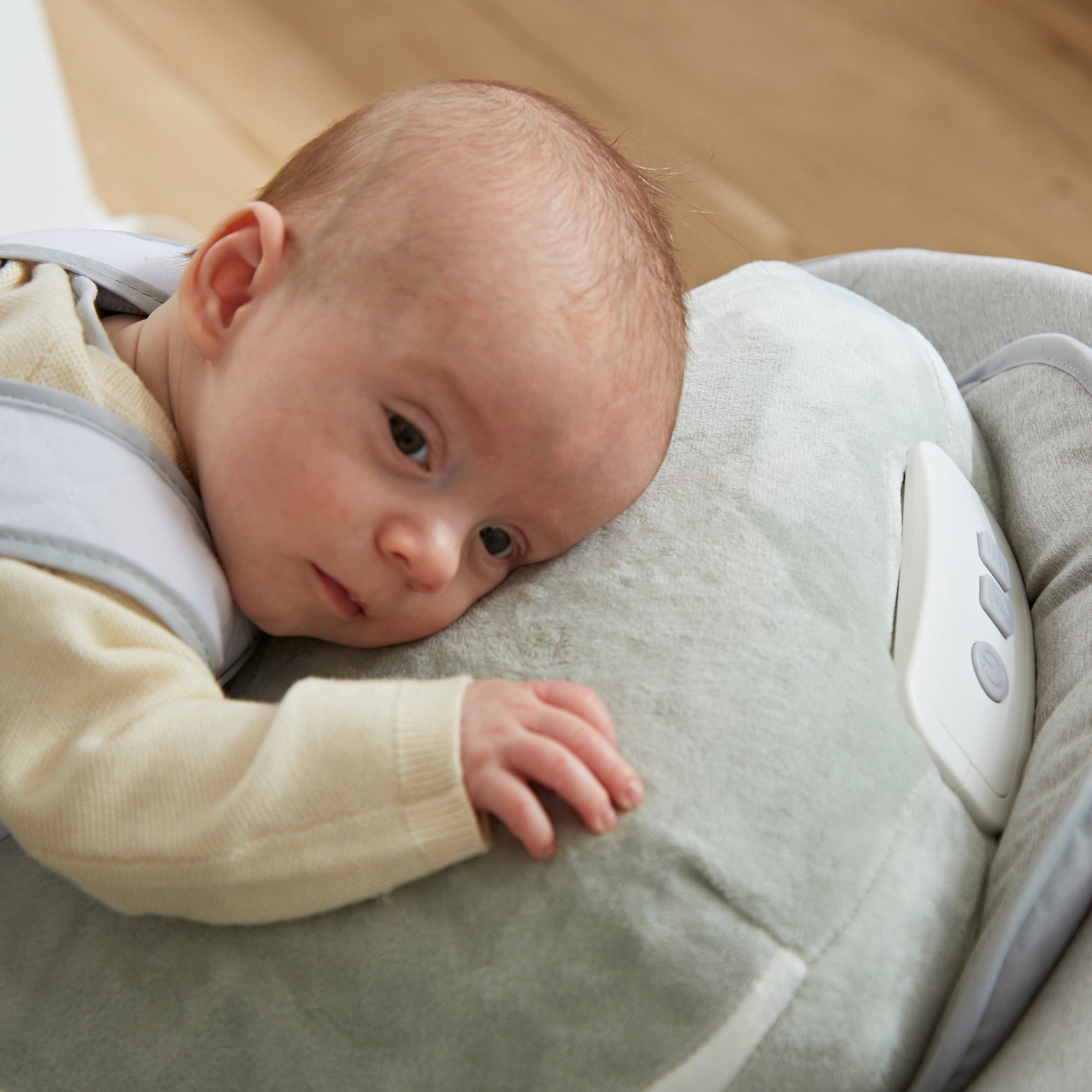Your little bundle of joy is home from hospital, and for the first few weeks, relatives and gifts flow into your house in a steady stream to see the little angel. However, a few weeks later; the dreaded crying starts. Nothing seems to work to stop it. If this is the case, you might have a baby with colic. Colic is defined as episodes of crying for more than three hours a day, for more than three days a week for a three-week duration, in an otherwise healthy baby. There is no definite cause for colic, meaning that its treatment is difficult and often frustrating for new parents. We’re here to help, with our colic survival guide for mum and baby. These helpful tips will help to guide you through the first few months of baby’s colic, and hopefully help to ease the stress for mother and baby alike.
- Swaddling has been shown to help in some cases of colic. Swaddling helps the baby to feel safe and secure, and mimics the womb, while allowing the baby room to look around. Something as simple as holding your baby more during the day has also been shown to reduce colic at night-time; skin to skin contact may also help.
- Soothing noises can help a baby with colic. It’s possible for babies to get overstimulated with sounds and sights, so relaxing music and noises can help soothe your baby. Try classical music, white noise, or even a heartbeat sound in a quiet room.
- A warm bath has been shown to help babies with colic. Some mums swear by a warm bath to soothe their colicky baby. This is relaxing for a little one who has just spent 9 months in the womb, and again helps to mimic a womb-like environment.
- And for mum, take time for yourself. Try to stay calm and relaxed; while soothing your baby, try listening to a podcast, audiobook, or the news – anything that takes your mind off the crying and soothes your frazzled nerves.
- It’s important to stay calm. Babies with colic can cry almost constantly, so it’s important to remember that it will pass eventually. It’s not your fault – over 40% of babies show symptoms of colic. You are not alone: remember to reach out to friends and family if you are really feeling the strain.
- Babocush combines many of the above tips and tricks in one simple package. Babocush holds your baby safely and securely on its front, the perfect position for easing reflux, colic and wind. Babies in this position do not experience the startle reflex, and the soothing vibration and heartbeat sounds create a womb like environment for your little one. Combined, these different aspects of the Babocush have been shown to reduce colic in babies under six months – with the added benefit of giving parents some much needed rest and relaxation.
Don’t just take our word for it; you can read our reviews on our website and see the Babocush in action with our video of little Riley who suffered terribly with colic. After just a few minutes on his new Babocush pillow he was relaxed and bringing up lots of trapped wind.
If you have any videos of your little one using the Babocush, please share them with us. We love to see how well you’re getting on, and your experiences really help new parents struggling with the same issues that you are.


